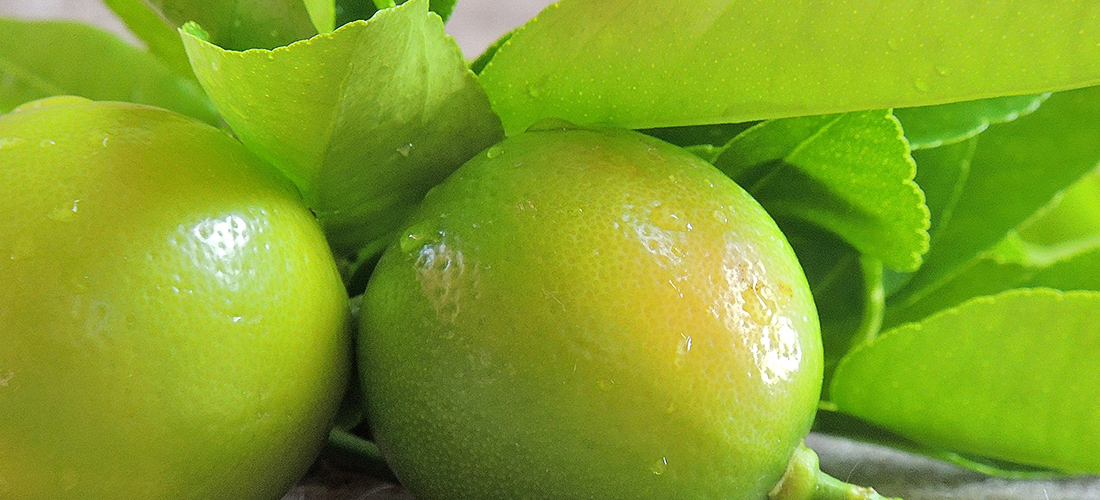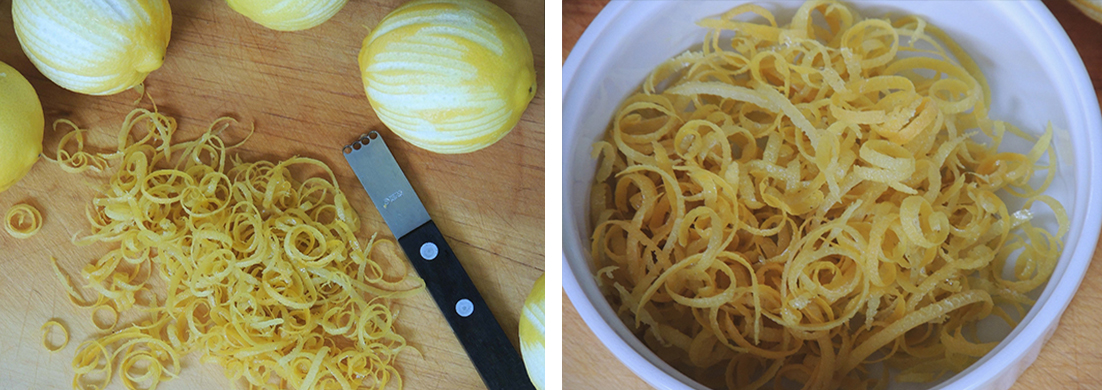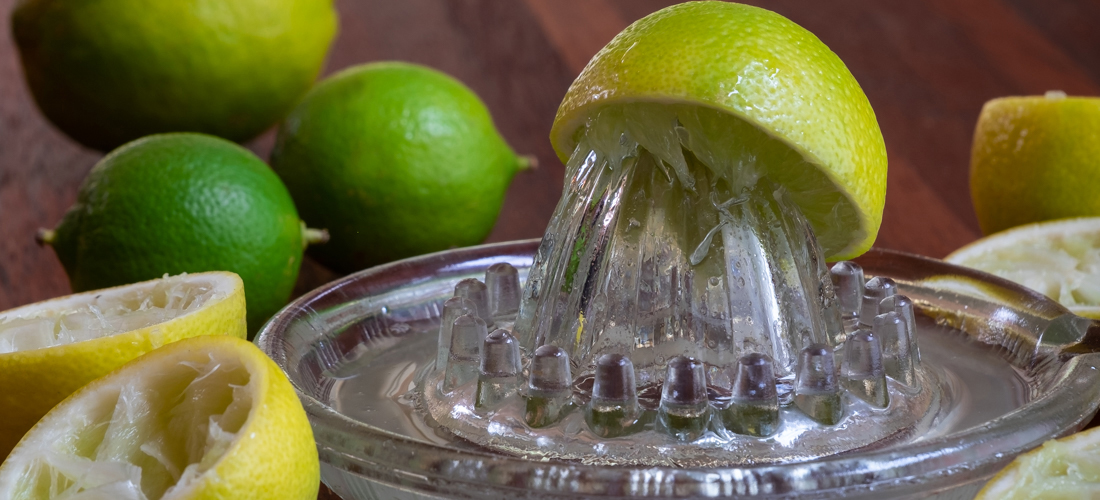Lime Cordial
- Cordials, Syrups & Sweet Sauces

This is such a refreshingly simple recipe. Produce 1.75 litres of lime cordial in less than 2 hours. Over winter, when limes are abundant, preserve any excess into a concentrated cordial base. Create a thirst-quenching limonade by pouring cordial, to taste, over shaved ice or ice cubes, and top with soda mineral or fresh water. Garnish with freshly sliced or dried orange, lemon or lime and a sprig of fresh mint.
Other citrus fruits or combination can be substituted for the limes. Variations I’ve made from this basic recipe include Lemon, Mandarin, Blood Orange, Orange, Grapefruit, Lemon ‘n’ Lime, ( 50% lemon, 50% lime) and Tutti Frutti (70% orange, 20% lemon & 10% grapefruit).

- Preparation Time:
- 30 minutes plus I hour standing time
- Cooking Time:
- 30 minutes
- Quantity:
- Approximately 1.75 litres
INGREDIENTS
- ½ litre
- Lime juice, strained, approx. 8-10 medium limes
- 1/2 of limes
- Zest lime rind
- 800g
- White sugar
- 5g
- Citric acid
- 750 ml
- Fresh water

METHOD
Strained fruit juice, sugar and water are mixed together and steeped to extract the flavoursome and tangy oil from the zest. Vacuum sealing the cordial preserves it for longer term pantry storage.
Wash the fruit and zest the rind from half of the limes. Squeeze the juice from all the fruit and strain to remove any pulp. Discard the pips, pulp, and juiced lime shells.
Mix the lime juice and rind, sugar, citric acid, and water together. Let the mixture stand for 1 hour, stirring occasionally to dissolve the sugar and to extract the oil from the rind which will impart additional flavour.
Strain the mixture again through a fine strainer to remove the rind. Use a funnel to pour into dry sterilised screw cap sealable bottles, fill to approximately 2.5cm (1 inch) from the top of the bottle and seal.
Vacuum sealing the bottles using either the Preserving Unit or the Stock Pot Method will preserve the cordial for longer term pantry storage. The equipment used is slightly different but the principles are the same. A preserving unit is purpose built with an internal removable rack for bottles to sit on and a tap to easily draw off the water. Some units may have an in-built thermometer.
Preserving Unit Method
Place sealed bottles in Fowlers Preserving Unit or equivalent.
Cover with water, bring to the boil and hold at gentle boil for 30 minutes.
Turn off, remove lid, and allow to stand for 5 minutes before removing.
Using the tap, draw off some of the hot water so the level is sufficiently below the bottles to safely remove them without scalding yourself.
Remove from hot water bath and place on a board to cool.
-
Stock Pot Method
Line large stock pot with some sheets of newspaper, or a cut-down cake rack. Place the bottles on the newspaper or rack, in the pot, allowing space between each bottle so they don’t touch. This lining will protect the bottles from direct heat and prevent cracking.
Cover with water, bring to the boil and hold at gentle boil for 30 minutes.
Turn off, remove lid, and allow to stand for 5 minutes before removing.
If possible, remove some of the hot water so the level is sufficiently below the bottles to be able to safely remove them without scalding yourself.
Remove from hot water bath and place on a board to cool.
-
Label with date and store in a cool dark place. Once opened store in the fridge.
NOTES
- Use ripe fruit as under ripe fruit will lack flavour and will not be very juicy.
- The fruit juice is strained to ensure the cordial is as clear as possible.
- Use good quality bottles as cheap bottles are often made with thinner glass which may not be able to withstand the hot water preserving method.
- Fill the bottle to the recommended level of 2.5cm (1 inch) from the top. This headroom will accommodate the cordial as it rises in the bottle during the heating process.
- Most fruit juice preserves will keep for up to a year, however, the flavour and colour may deteriorate with prolonged storage. Citrus juice deteriorates more quickly and summer provides the ideal time to use up the last of the season’s cordial.
- Open bottles should be stored in the fridge.
- Steps 5, 6 and 7 can be eliminated if the cordial is to be used for immediate consumption or if the cordial will be stored in the fridge.
- Have some fun and create your own signature citrus flavoured cordial.
